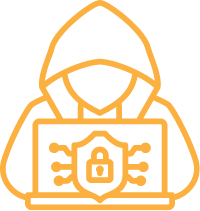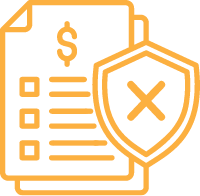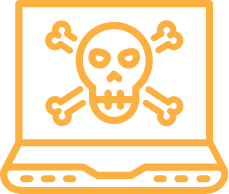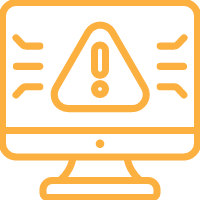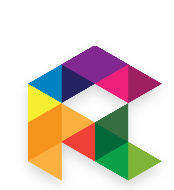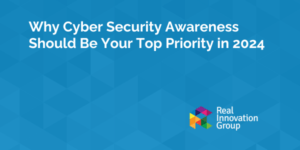Managing cybersecurity, data privacy, and risk across digital systems is made easier thanks to the help of standardised frameworks and guidelines. NIST is in charge of some of the most popular digitally-focused frameworks across industries today, but it can be tricky to know which one to use if you’re not familiar with the solution set already. To help, we’ve compiled a list of the top reasons businesses come to us for cyber security and privacy needs – and which NIST framework corresponds with that internal need.
Who or what is NIST?
NIST is the National Institute of Standards and Technology, a part of the U.S. government’s Department of Commerce. Despite the US backing, NIST frameworks have become popular and highly valued in the wider community, not just in US government departments, but in government and commercial businesses worldwide. With their dedication to keeping standards up to date and depth of requirements, NIST frameworks can offer you a great foundation for success in key technical areas of your business.
I want a solid internal cybersecurity program
This one’s for you: NIST Cybersecurity Framework
The NIST Cybersecurity Framework is the most popular framework for industry out of all the frameworks produced by NIST. The Cybersecurity Framework is designed to help organisations mitigate cybersecurity threats across their environment. Version 2.0 of the NIST Cybersecurity Framework was released in February 2024, marking a key milestone in providing better strategic guidance to organisations of all industry sectors and sizes, including small businesses. It’s easier for everyone to follow and roll out than its predecessor, with V2.0 now including a suite of resources (implementation examples, quick start guides, and mappings) to support different audiences.
I need to assess and manage risk
This one’s for you: NIST Risk Management Framework
Risk exists in every organisation, but it’s how you deal with risks that can see you sink or swim. The NIST Risk Management Framework (RMF) is concerned with security, privacy, and cyber supply chain risk and has seven steps to process and mitigate risk: Prepare, Categorise, Select, Implement, Assess, Authorise, and Monitor. The RMF goes hand in hand with SP 800-53 Controls and SP 800-53B Control Baselines.
I am concerned about privacy and data handling
This one’s for you: NIST Privacy Framework
Data privacy and individual privacy within digital systems can be challenging to get right. With multiple legislations in place surrounding data use and disclosure, poor design or controls can even result in getting in trouble with the law, not to mention reputational damage, fines, and time lost. The NIST Privacy Framework provides a three-part framework to effectively manage privacy risk throughout the organisation. In the Core part, the functions are: Identify, Govern, Control, Communicate, and Protect.
I want to implement AI safely
This one’s for you: NIST AI Risk Management Framework
To meet demand, NIST recently came out with the Artificial Intelligence Risk Management Framework. This framework addresses the inherent risks in using AI products and components within an organisation, leading to better decision-making and AI governance. The AI Risk Management Framework was released in January 2023, and a draft publication, the AI RMF Generative AI Profile is specifically designed to tackle generative AI risks.
Need a hand with a NIST framework?
At Real Innovation Group, we have hands-on experience in helping businesses of all sizes implement each of these NIST frameworks within their environments. If you would like a hand with a NIST framework integration, rollout, or upgrade to the latest version of a framework we’d be more than happy to help. You gain a faster and more effective process, that sticks to best practices. Get in contact with us today to learn more and get started.




